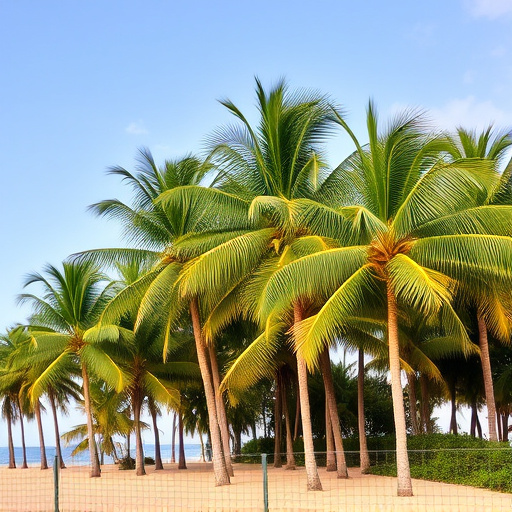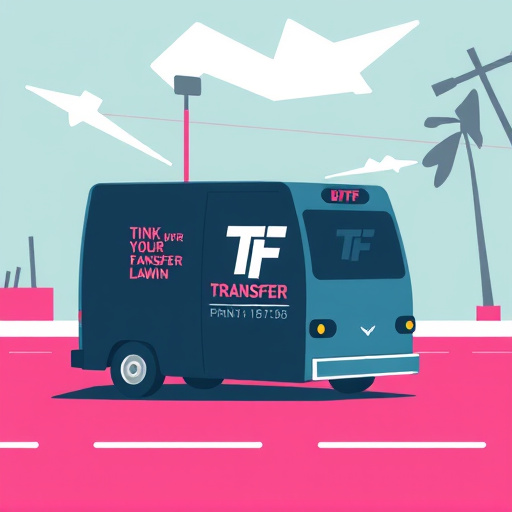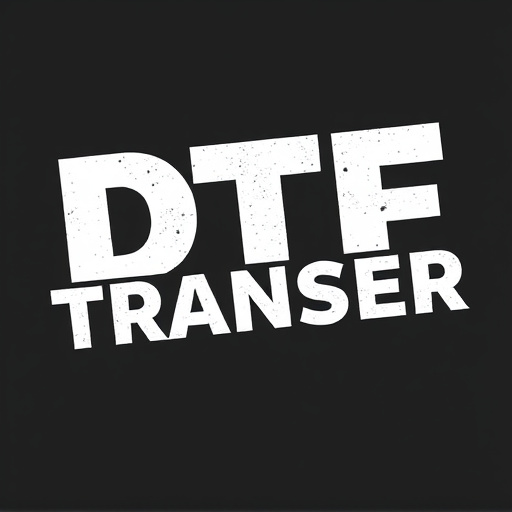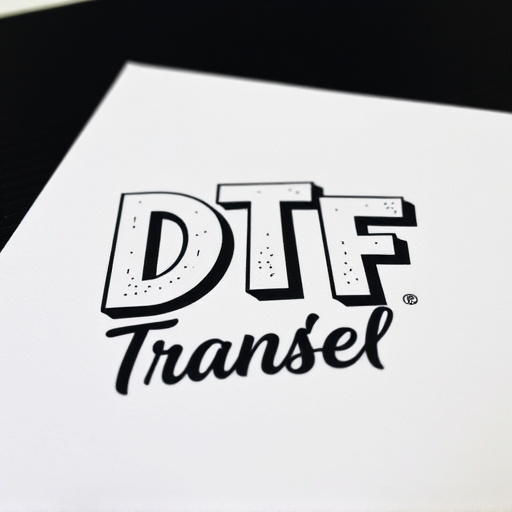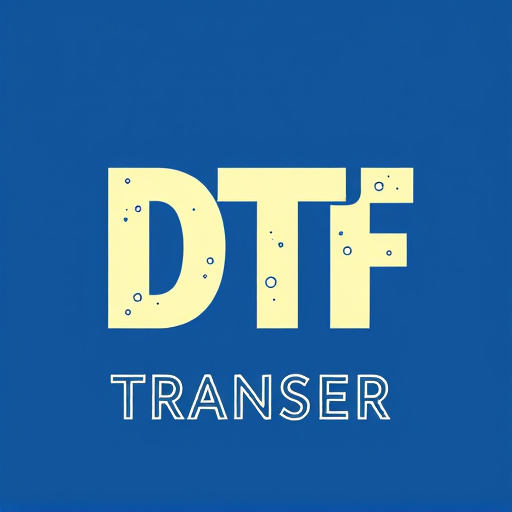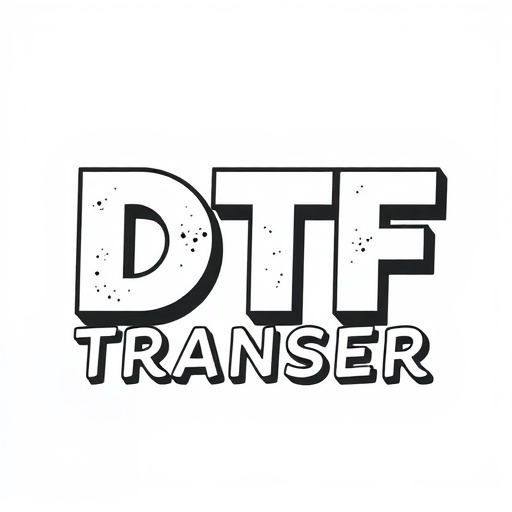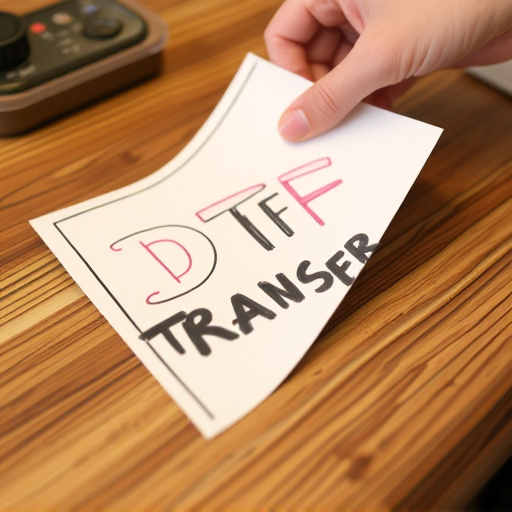Direct to Film (DTF) transfer printing is a revolutionary method in textile printing, offering multiple design layers on a single film. This process streamlines production, reduces costs, and enables precise alignment for crisp DTF prints. Faster turnaround times and enhanced productivity make DTF printing popular for custom apparel, signage, and promotional items. The key to high-quality DTF lies in choosing the right film and transfer paper, ensuring vibrant colors and sharp details. This innovative technology is transforming industries with its versatility and efficiency in creating intricate, personalized prints on diverse materials.
“Revolutionize your printing game with DTF (Direct-to-Film) Transfer—a game-changer for efficient and versatile design printing. This innovative technique allows multiple intricate patterns to be seamlessly arranged on a single film, streamlining the production process.
In this comprehensive guide, we’ll explore the fundamentals of DTF Transfer, its advantages, and the art of arranging designs. From choosing the right materials to a step-by-step creation process, you’ll discover how DTF Printing empowers creators to produce stunning, high-quality prints with ease. Uncover real-world applications that showcase the impact of DTF in various industries.”
- Understanding DTF Transfer: A Simple Explanation
- How Multiple Designs Can Be Arranged on a Single Film
- Advantages of Using DTF for Efficient Printing
- Choosing the Right Materials for DTF Printing
- Step-by-Step Guide to Creating and Printing DTF Designs
- Real-World Applications and Case Studies of DTF Prints
Understanding DTF Transfer: A Simple Explanation
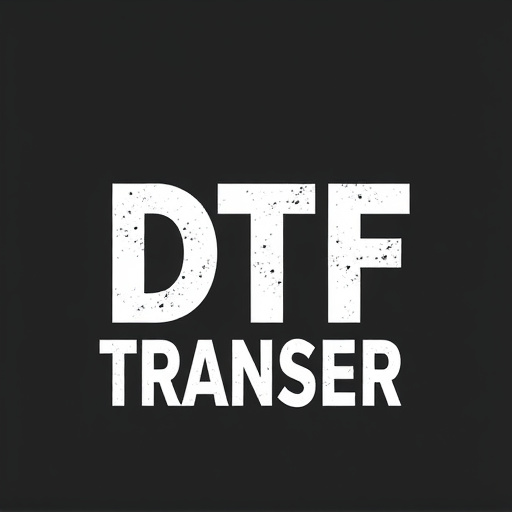
The DTF Transfer process is a revolutionary technique transforming the way we approach printing on textiles and other materials. It involves using a single film with multiple design layers, each precisely aligned for efficient transfer onto a substrate during the printing press cycle. This innovative method streamlines production by consolidating complex print jobs into a simplified, cost-effective solution.
In essence, DTF Printing allows printers to arrange various designs or images on one film, ensuring seamless registration and crisp detail when transferred to fabrics or other materials. Unlike traditional methods that might require multiple films and meticulous setup for each design, DTF enables faster turnaround times and enhanced productivity, making it a popular choice in modern printing industries.
How Multiple Designs Can Be Arranged on a Single Film
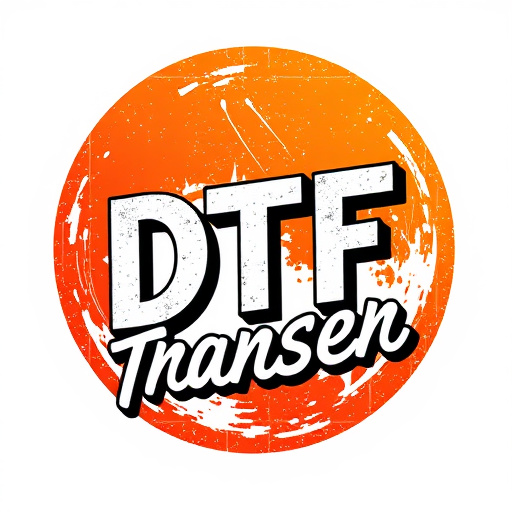
Multiple designs can be arranged on a single film by leveraging Digital Thermal Forming (DTF) transfer technology. This innovative process allows for precise placement of intricate patterns and images onto various materials, all from a single master film. Through DTF Printing, designers can create complex layouts featuring multiple DTF prints, each with its own unique design, without the need for separate films or plates.
The versatility of DTF Transfer enables efficient printing workflows by minimizing setup time and maximizing production speed. By combining several designs onto one film, printers can optimize their processes, reduce waste, and offer clients a broader range of creative options. This method is particularly beneficial for custom apparel, signage, and promotional items where diverse, personalized prints are in high demand.
Advantages of Using DTF for Efficient Printing
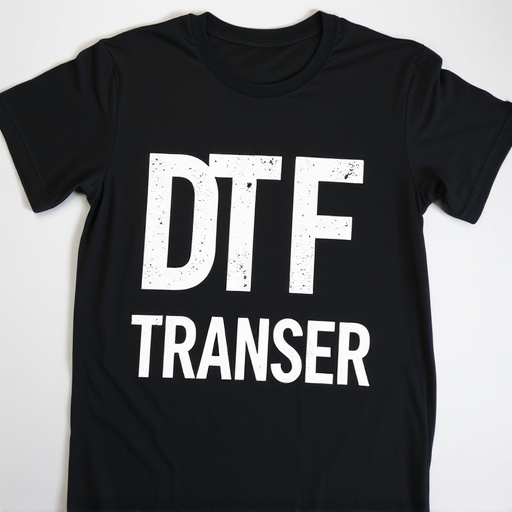
Using Direct to Film (DTF) transfer for printing offers a multitude of advantages over traditional methods. One of its key strengths is efficiency; DTF allows multiple designs to be arranged and printed on a single film, streamlining the production process. This means that printers can produce complex layouts with various prints and colors in one pass, reducing time and labor costs significantly.
Additionally, DTF transfer provides precision and consistency in printing. The direct application of ink onto the film ensures accurate color reproduction and sharp details, making it ideal for high-quality prints on a variety of materials. This technology is especially beneficial for businesses seeking to create custom, on-demand products quickly and cost-effectively.
Choosing the Right Materials for DTF Printing
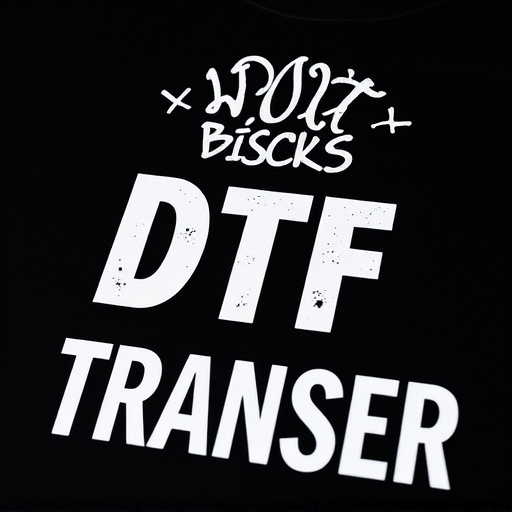
When it comes to DTF (Direct-to-Film) printing, selecting the appropriate materials is paramount to achieving high-quality results and ensuring efficient production. The first crucial step is choosing the right film for the job. Different films offer varying levels of adhesion, durability, and transparency, each with its own advantages. For example, a clear film with excellent opacity will produce vibrant prints while allowing for easy application and removal. This is particularly beneficial for creating multiple designs on a single film, as it simplifies the layout process and reduces waste.
Additionally, considering the substrate or material you plan to print on is essential. Different materials, such as textiles, plastics, or metals, require specific DTF transfer papers designed for optimal adhesion. The right combination of film and paper will guarantee crisp, detailed prints for each design on your master film. This method not only streamlines the printing process but also results in consistent quality across all final products, whether they are clothing designs, signage, or decorative items.
Step-by-Step Guide to Creating and Printing DTF Designs
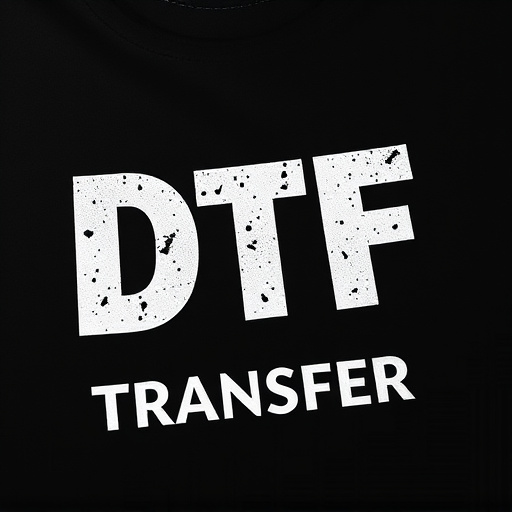
Creating and printing designs for Direct-to-Film (DTF) transfer involves a precise, step-by-step process. First, select or design your artwork using vector graphics software, ensuring it meets the required resolution for DTF printing. Clean up any edges and ensure all elements are isolated to allow for accurate film cutting.
Next, prepare your file for printing by converting it into a format compatible with your DTF printer’s software, typically a PDF or PNG. Scale the design to fit within the desired print area on the film. Once your file is ready, load it onto the printer and initiate the print job. After printing, carefully inspect the film for any errors or misprints. If everything looks good, allow the ink to dry completely before proceeding to the next step. Finally, apply heat to the film using a DTF press or iron, following the manufacturer’s guidelines to achieve a crisp, durable transfer onto your chosen substrate.
Real-World Applications and Case Studies of DTF Prints
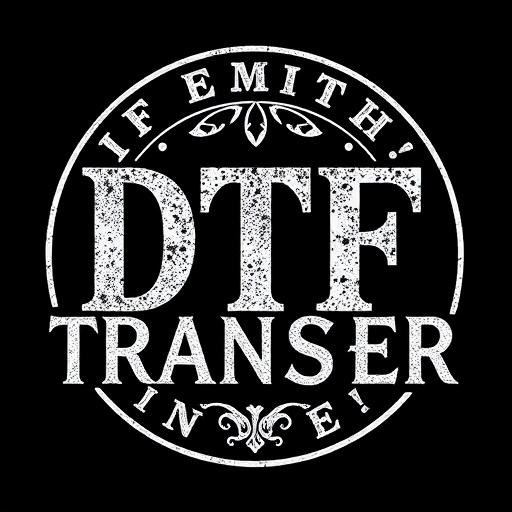
In real-world applications, Direct to Film (DTF) printing has proven its mettle in various industries, revolutionizing how designs are transferred onto diverse materials. From clothing and textiles to signage and promotional items, DTF prints offer unparalleled versatility. For instance, fashion designers leverage DTF technology to create custom patterns on fabrics, enabling small-batch production with remarkable efficiency. This method allows for intricate and detailed designs, catering to the demand for unique, personalized garments.
Case studies illustrate that DTF printing excels in short-run, high-quality production. Small businesses and startups, for example, benefit from quickly adapting their marketing materials or product lines. A local coffee shop might use DTF to print eye-catching posters or cups with seasonal designs, while a boutique hotel could effortlessly update its room signs with custom graphics. These applications highlight how DTF prints streamline creative processes, offering a cost-effective solution for businesses seeking dynamic and customizable design options without breaking the bank.


